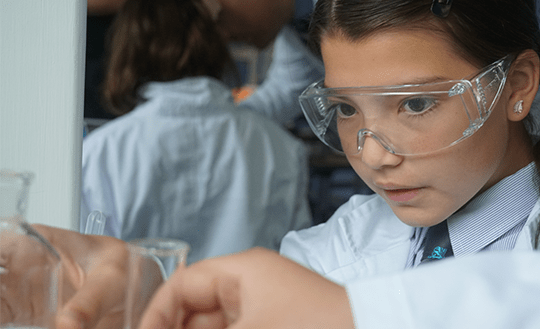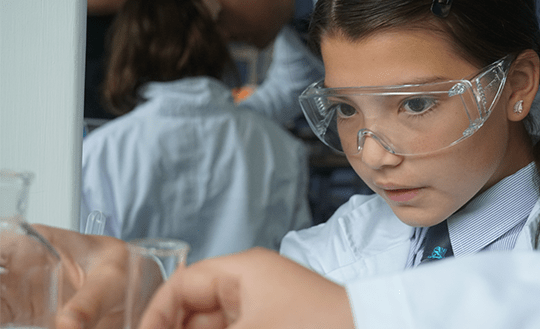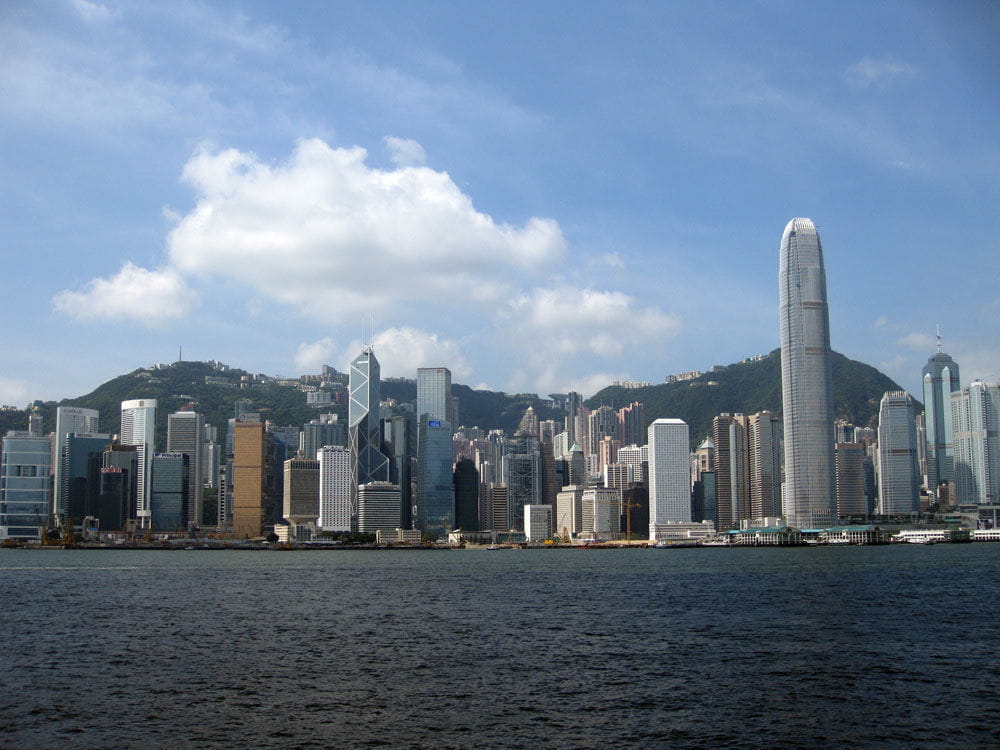Find out what students discovered after analysing water sources in Hong Kong
Students at Nord Anglia International School Hong Kong (NAIS HK) have undertaken an ambitious project to collect data in order to understand water pollution. As part of the school’s collaboration with MIT, students have collected and analysed water samples in beaches and rivers in the city as part of the Data-Driven Curiosity Challenge.

Students at Nord Anglia International School Hong Kong (NAIS HK) have undertaken an ambitious project to collect data in order to understand water pollution. As part of the school’s collaboration with MIT, students have collected and analysed water samples in beaches and rivers in the city as part of the Data-Driven Curiosity Challenge.
Students at NAIS HK coalesced in citizen science, a movement where people in a community conduct research for themselves. After choosing water pollution as their research topic, students set out with empty bottles to collect water samples from different areas around Hong Kong.
After gathering samples from water sources around the city, students measured pH levels and water hardness—elements which can be an indication of pollution levels in water. Students from Year 1-6 collected samples, Year 9 students assisted with analysing the data in school labs, Year 8 students mapped out the data by geographical locations and Year 7 students presented their findings to the community.
Using a combination of maths, humanities and science, students analysed the data and discovered that the cleanest waters were found in Sha Tin, Tai Po and Ma On Shan. With pH levels at exactly 7, water in those areas were neutral—neither acidic nor alkaline. A foam test also indicated higher levels of minerals, a sign of better water quality.
The dirtiest water was found on the east side of Hong Kong Island, such as Chai Wan where the water pH averaged 8.10 and the foam test indicated lower levels of minerals signifying poorer water quality. Students concluded that high traffic, industry and population were possible contributing factors to heavier water pollution on the east side of the island.
The Data Driven Curiosity Challenge is the second phase of a three-part annual challenge designed by MIT experts based on STEAM subjects and the scientific method. The next part of the challenge will have students think of ways to mitigate water pollution and engage the community in bringing awareness to the problem.
“What a great opportunity to be involved in the global MIT challenge. To see 800 different ideas and questions from all of our students about what they were curious about was a really exciting experience," said NAIS HK Principal, Brian Cooklin,"It really shows what the school is about--encouraging each child as an individual, independent learner who not only thinks about the world around them but also plans solutions.”
“I am delighted to see the MIT STEAM Challenge move into its second phase of operations. The new challenge being posted to Nord Anglia students will cultivate skills in data collection and analysis that are at the heart of effective problem solving in many areas of life and work. We look forward to working closely with Nord Anglia teachers and students over the coming months,” said John Durant, Director of MIT Museum.
This challenge is part of a wider collaboration between MIT and Nord Anglia Education schools incorporating the interdisciplinary subjects of STEAM (science, technology, engineering, art and mathematics). At the core of the collaboration is MIT’s philosophy of ‘mind and hand,’ which calls for a practical approach to problem solving. Through this approach, NAIS HK students will develop key transferable skills, such as creativity, critical thinking, curiosity and communication, which can be employed across all academic subjects, and in future careers.
The Nord Anglia-MIT collaboration launched in September 2016 in 13 inaugural schools and will expand to educate more than 37,000 students at Nord Anglia Education’s 43 international schools in following years.









